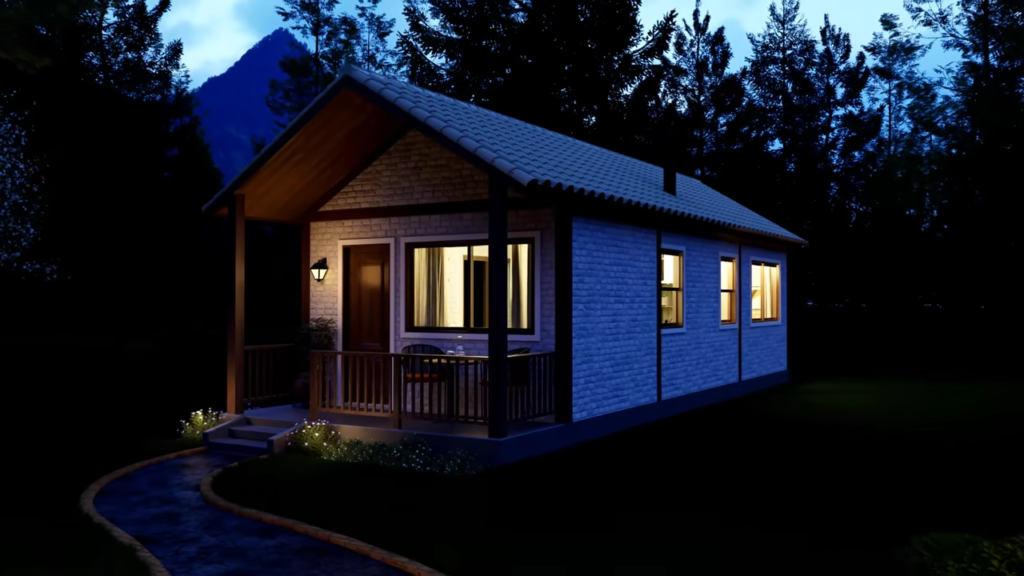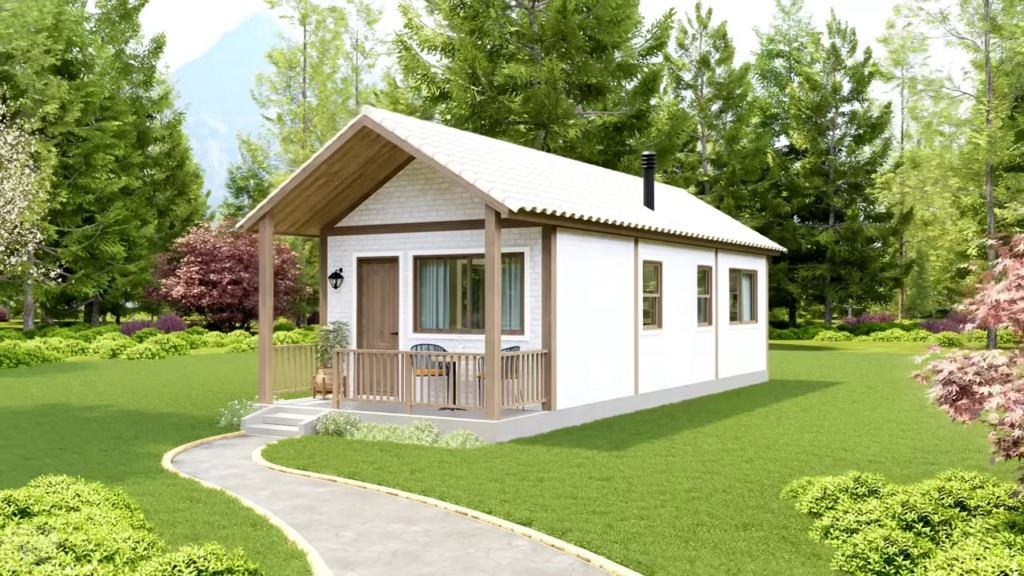
Today’s increasing population and urbanization trend has increased the demand for smaller and more functional spaces in housing design. A tiny house of 40 square meters should have a design that is not only compact but also aesthetic and functional. This type of home design should offer residents a comfortable life by using space efficiently.
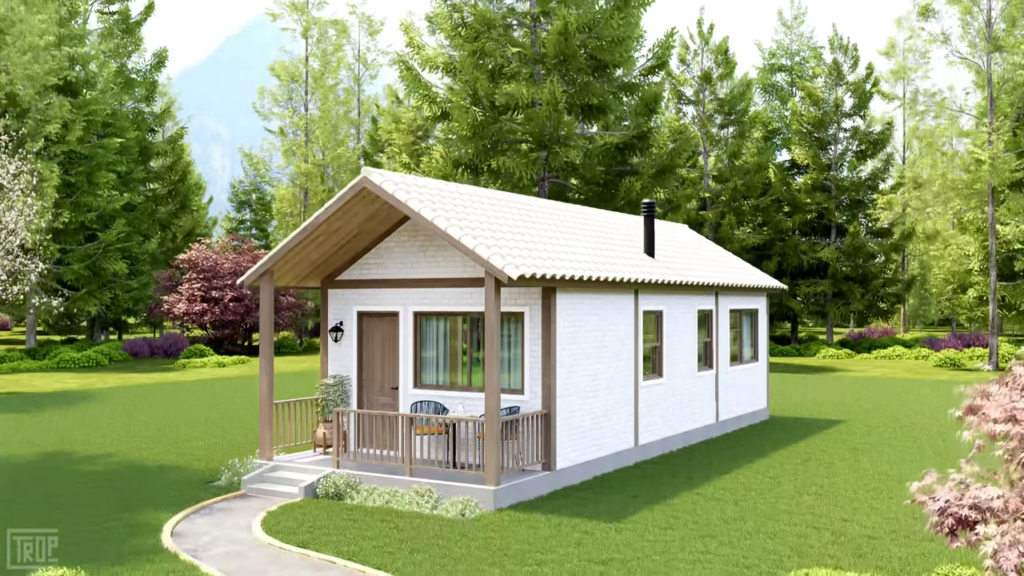
First, one of the most important elements to consider in the design of a 40-square-meter tiny house is the creation of multi-purpose areas. For example, the living room can also be used as a bedroom. The bed can be provided with a design that can be mounted on the wall and closed during the day. Thus, when used as a bed at night, during the day the room can appear expanded. This increases the versatility of the space, offering the opportunity to make the best use of limited space.

Additionally, an open-plan design can help the tiny house look large and spacious. An open-plan layout where the kitchen, living area and bedroom are all together makes the space feel larger. Additionally, not using too many walls ensures better distribution of light and makes the space feel brighter. This offers residents a more comfortable and spacious living space.

Storage spaces also play a critical role in the design of a 40-square-meter tiny house. Features such as hidden storage solutions, shelves that can be integrated into the walls, and drawers under the bed can be used to prevent clutter and ensure that everything is stored neatly. At the same time, adopting a minimalist design can help achieve a cleaner look by reducing unnecessary items.
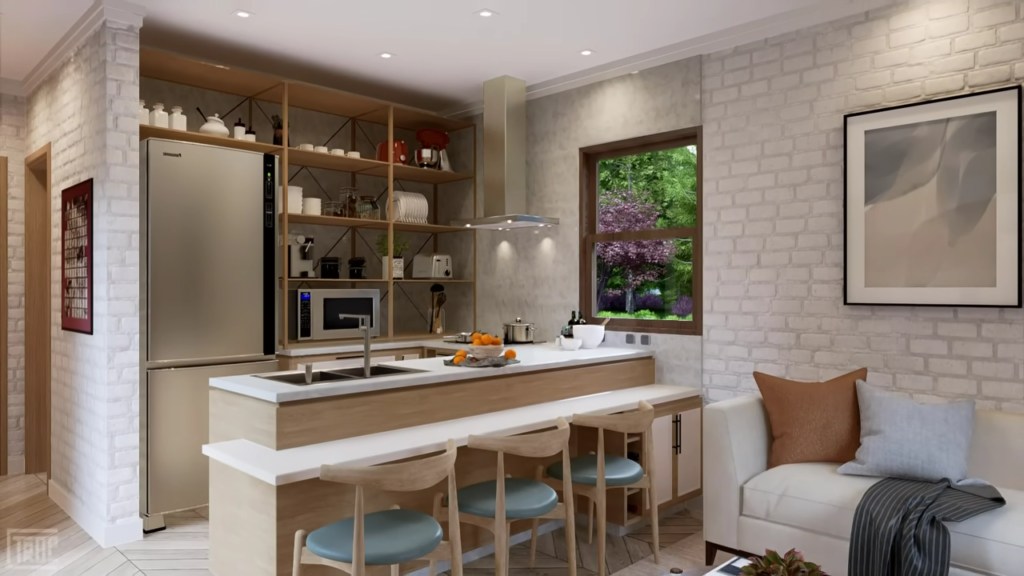
The exterior design of the tiny house is also important. Large windows and terraces allow the interior to integrate with the outside, while also allowing natural light in. Proper use of outdoor space offers residents additional living space and creates a spacious feel despite the small size of the house.

Another important element of this tiny house design is the focus on sustainability and energy efficiency. To keep the energy needs of a small space to a minimum, it can be equipped with environmentally friendly features such as solar panels, energy-saving lighting, and thermal insulation. This both reduces the impact on the environment and saves residents on energy costs in the long run.
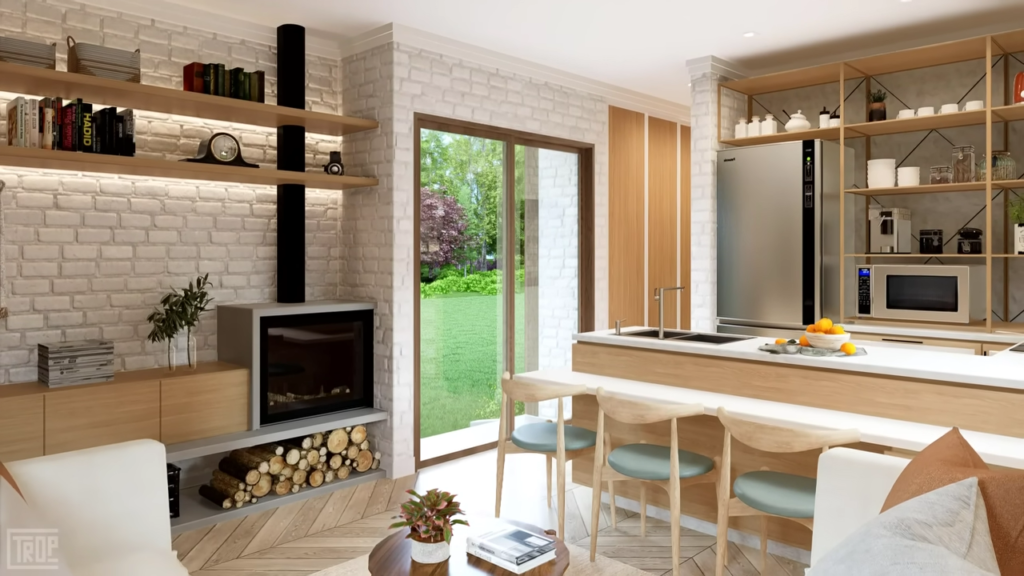
Kitchen design requires special attention to increase the functionality of the tiny house. Modular kitchen equipment, compact storage solutions, and multi-use counter spaces can be used to organize kitchen space effectively. At the same time, a transitional space between the dining table and the counter both facilitates the cooking process and encourages social interaction.
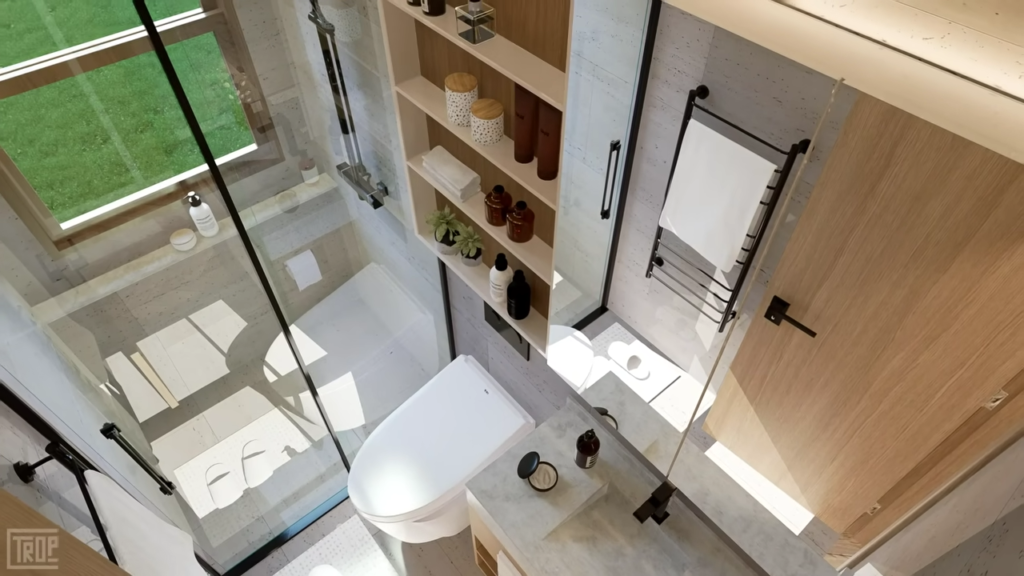
Bathroom design is also of great importance in a tiny house. Wall hooks and hidden storage units can be used to organize toiletries. Additionally, using a partition between the shower stall and the toilet can help the space appear larger and more organized. At the same time, modern plumbing systems that save energy and water should also be considered.

Furniture selection is important to complement the tiny house interior. Modular and foldable furniture allows more effective use of space. Additionally, light and transparent furniture designs make the space feel more open and spacious. Color choice is also important; Light color tones make the space look larger and brighter.
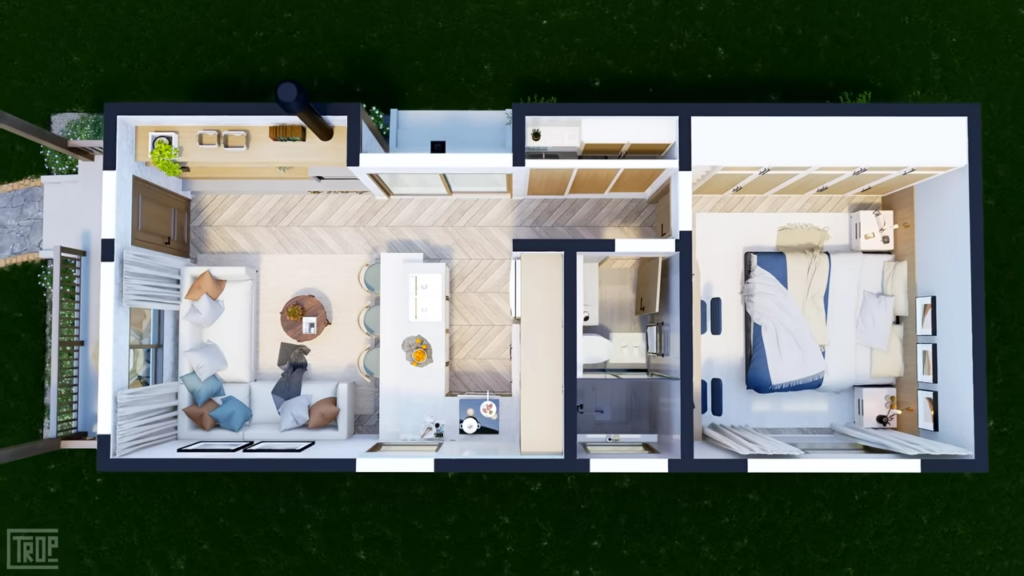
Finally, adding personal touches to the interior design can help the tiny house gain a warm and inviting atmosphere. Personalized wall decorations, plant arrangements, and special lighting options can make the tiny house a place that reflects the personal style of its inhabitants.
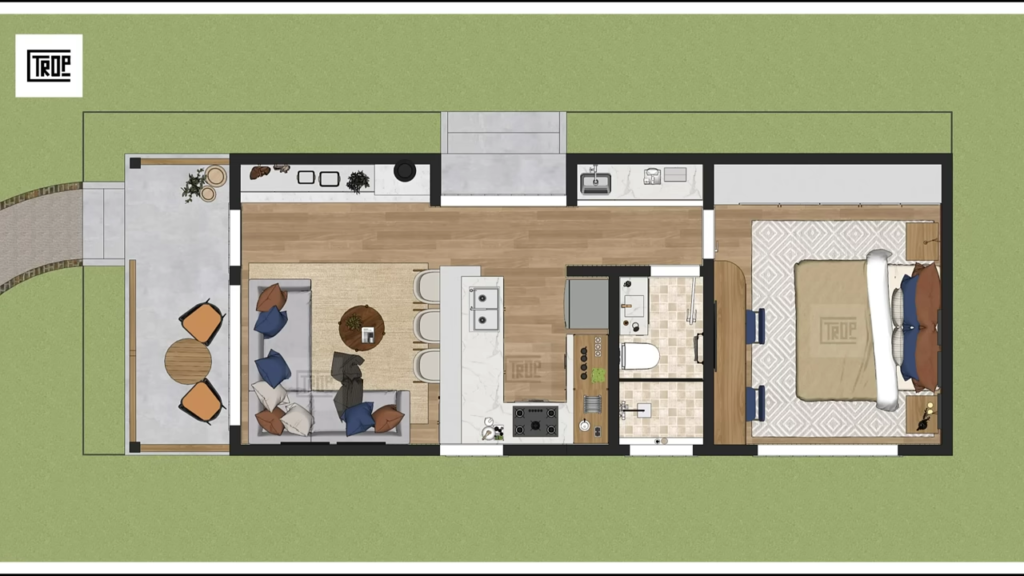
The design of a 40 square-meter tiny house must deal not only with physical limitations but also with the needs and lifestyles of the inhabitants. Good planning and careful design can deliver a big living experience in a small space.
